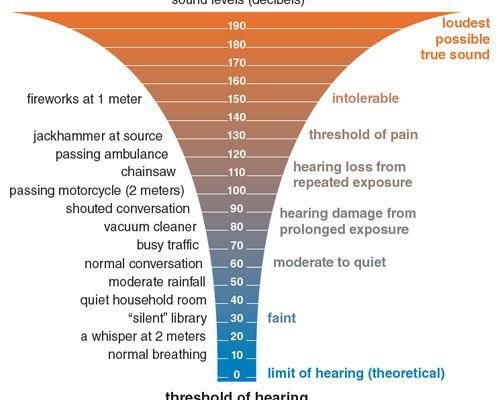Understanding How Decibels and Watts Affect Loudness and Power in Microsoft

In the world of audio, understanding the relationship between decibels (dB) and watts is essential. Decibels are a unit of measurement for sound intensity, while watts measure the amount of power being used to produce that sound. In Microsoft, it’s important to understand how these two factors affect loudness and power in order to get the best possible sound quality.
Decibels and Loudness
Decibels are a logarithmic scale used to measure the intensity of sound. The human ear can detect sounds ranging from 0 dB to 120 dB, with 0 dB being the threshold of hearing and 120 dB being the threshold of pain. For every 10 dB increase, the sound level doubles in intensity. This means that a sound at 40 dB is twice as loud as a sound at 30 dB.
In Microsoft, understanding decibels is important for controlling the volume of your audio output. Whether you’re listening to music or participating in a video call, adjusting the volume can help you find the right balance between too soft and too loud.
Watts and Power
Watts are a unit of measurement for power, and they are used to describe the amount of energy being used to produce sound. The more watts, the more power is being used to produce a sound. This means that a speaker with higher wattage can produce louder sounds than a speaker with lower wattage.
In Microsoft, understanding watts is important when it comes to selecting audio equipment. For example, if you’re looking for a speaker to use with your computer, you’ll want to choose one with enough wattage to produce the sound quality you desire.
The Relationship between Decibels and Watts
Decibels and watts are related, but they are not the same thing. While watts measure the amount of power being used to produce sound, decibels measure the intensity of that sound. In other words, the more watts being used, the louder the sound will be, but the relationship between watts and decibels is not linear.
In fact, the relationship between watts and decibels is logarithmic, which means that a small increase in watts can result in a significant increase in decibels. For example, doubling the wattage of a speaker will only result in a 3 dB increase in sound intensity.
Conclusion
In Microsoft, understanding the relationship between decibels and watts is essential for getting the best possible sound quality. By understanding how these two factors affect loudness and power, you can make informed decisions when it comes to selecting audio equipment and adjusting the volume of your audio output. Whether you’re listening to music, participating in a video call, or just enjoying some peace and quiet, understanding decibels and watts can help you get the most out of your audio experience.






